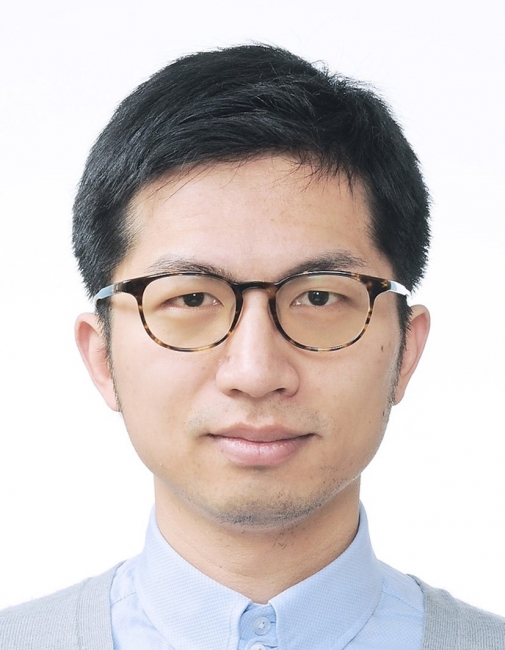讲座题目:中国二氧化硫排放的跨区域溢出效应与关键产业链分析
主讲人:张骞 博士
主持人:韩骥 教授
开始时间: 2019年12月27日 上午10:00
讲座地址:闵行校区 生科楼辅楼119会议室
主办单位:生态与环境科学学院
报告内容简介:
Inter-regional spillover of air pollution can be regarded as a mixture of economic externalities and long-distance transport. To comprehensively reveal this problem, a new consumption-based sulfur dioxide (SO2) emission inventory in 2010 for 30 provincial regions of China was compiled by introducing source-receptor relationship (SRR) model to integrate the spillover impacts of physical transport from the emitter (producer) region to the receptor region and virtual transfer from the driver (consumer) region to the emitter region. Compared the emissions induced by final regional demand with the emissions received in seven regions of China, Southern (0.59 Mt), Northern (0.25 Mt), Northwestern (0.18 Mt), and Eastern (0.14 Mt) areas outsourced SO2 pollution in the mass, whereas Central (−0.66 Mt), Northeastern (−0.42 Mt), and Southwestern (−0.08 Mt) areas took excessive environmental burdens in 2010. As a mega-city, Beijing induced significant SO2 emissions for power requirement, food consumption, miscellaneous services, and her vibrant research activities. In total, the spillover of SO2 emissions induced by Beijing was estimated at 0.20 Mt, 76 times more than its own share as a receptor across the supply chains. The results can help reduce pollution transfer, properly tax on drivers, effectively control the emitters, and reasonably compensate the receptors.
主讲人:张骞 博士
主持人:韩骥 教授
开始时间: 2019年12月27日 上午10:00
讲座地址:闵行校区 生科楼辅楼119会议室
主办单位:生态与环境科学学院
报告人简介:

报告内容简介:
Inter-regional spillover of air pollution can be regarded as a mixture of economic externalities and long-distance transport. To comprehensively reveal this problem, a new consumption-based sulfur dioxide (SO2) emission inventory in 2010 for 30 provincial regions of China was compiled by introducing source-receptor relationship (SRR) model to integrate the spillover impacts of physical transport from the emitter (producer) region to the receptor region and virtual transfer from the driver (consumer) region to the emitter region. Compared the emissions induced by final regional demand with the emissions received in seven regions of China, Southern (0.59 Mt), Northern (0.25 Mt), Northwestern (0.18 Mt), and Eastern (0.14 Mt) areas outsourced SO2 pollution in the mass, whereas Central (−0.66 Mt), Northeastern (−0.42 Mt), and Southwestern (−0.08 Mt) areas took excessive environmental burdens in 2010. As a mega-city, Beijing induced significant SO2 emissions for power requirement, food consumption, miscellaneous services, and her vibrant research activities. In total, the spillover of SO2 emissions induced by Beijing was estimated at 0.20 Mt, 76 times more than its own share as a receptor across the supply chains. The results can help reduce pollution transfer, properly tax on drivers, effectively control the emitters, and reasonably compensate the receptors.